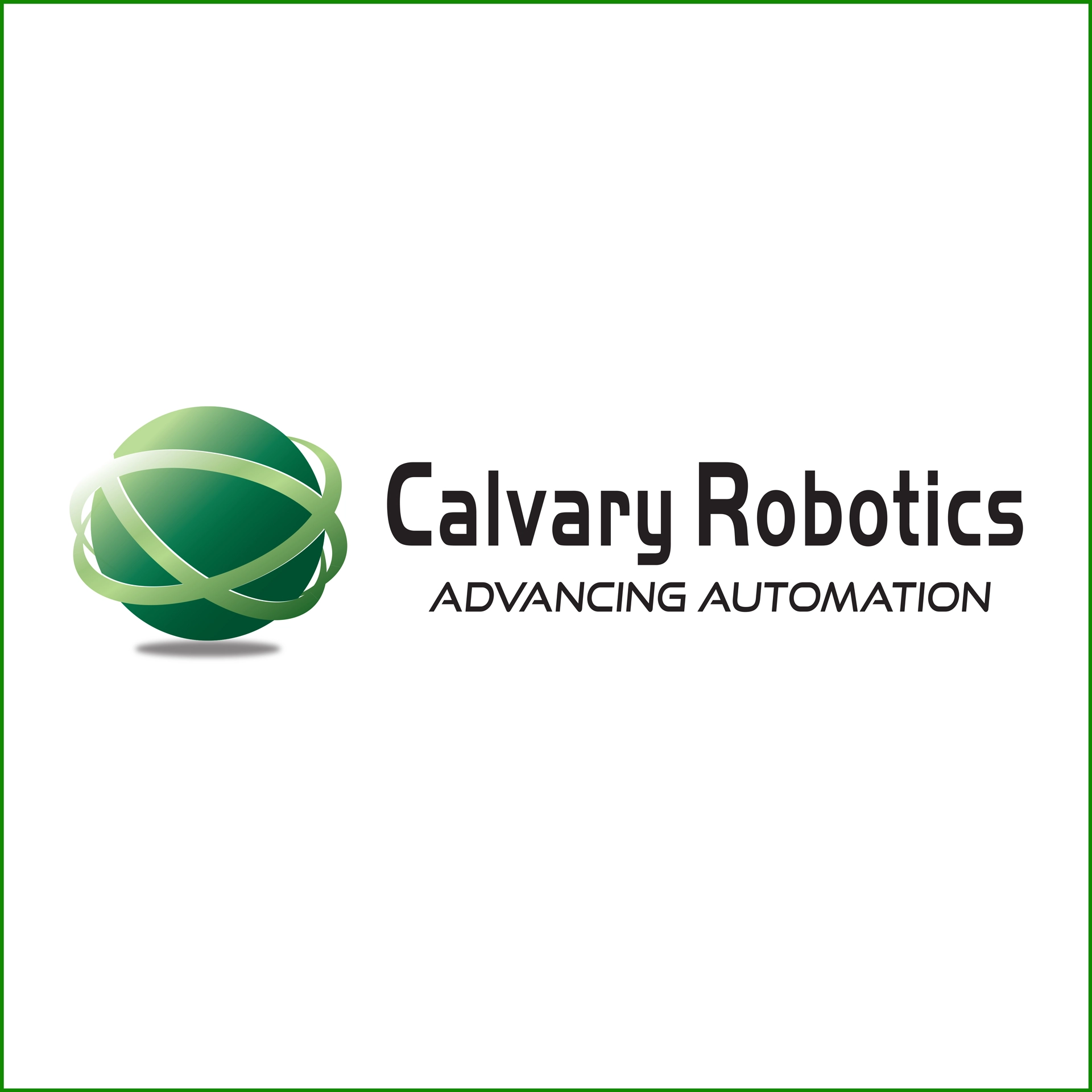Simulation and VR Capabilities: CalTV
Simulations provide an illustrative opportunity to show how something looks and works before going into production. They’ve long been a tool for manufacturers and evolved dramatically with the introduction of virtual reality (VR). Joe Gemma, CalTV host, chatted with Christopher Grieve, Manager Simulation/VR, lead technical artist, about the company’s capabilities.
The industry has changed since Grieved started out, as 3D software enables engineers to make their own models. However, Calvary doesn’t stop there. “We take an artistic approach with the engineering models, making them more realistic. Other times it may just be a sketch, so we build the geometry, then take that model and use video game and movie effects tools to create a VR experience,” he said.
The value that these simulations and VR bring empower customers. “They see what they buy before production starts. It’s hyper-realistic with the animated video showing exactly how it will work at their expected rate,” Grieve added.
Customers must be on-site to view the VR experience, and many take advantage of this. “Customers can complete design approval by viewing the VR. In doing this simulation, we often identify challenges like ergonomic issues. This saves customers a lot of money since they avoid change orders in production,” Grieve noted.
Grieve believes the value of VR will only increase in the industry, and it delivers confidence to customers. One of the best compliments he ever received was from a CEO who wanted to know “why he couldn’t buy the machine in the video.” The simulation was so well executed; he had no idea it wasn’t real!
Twitter – @MarketScale
Facebook – facebook.com/marketscale
LinkedIn – linkedin.com/company/marketscale




